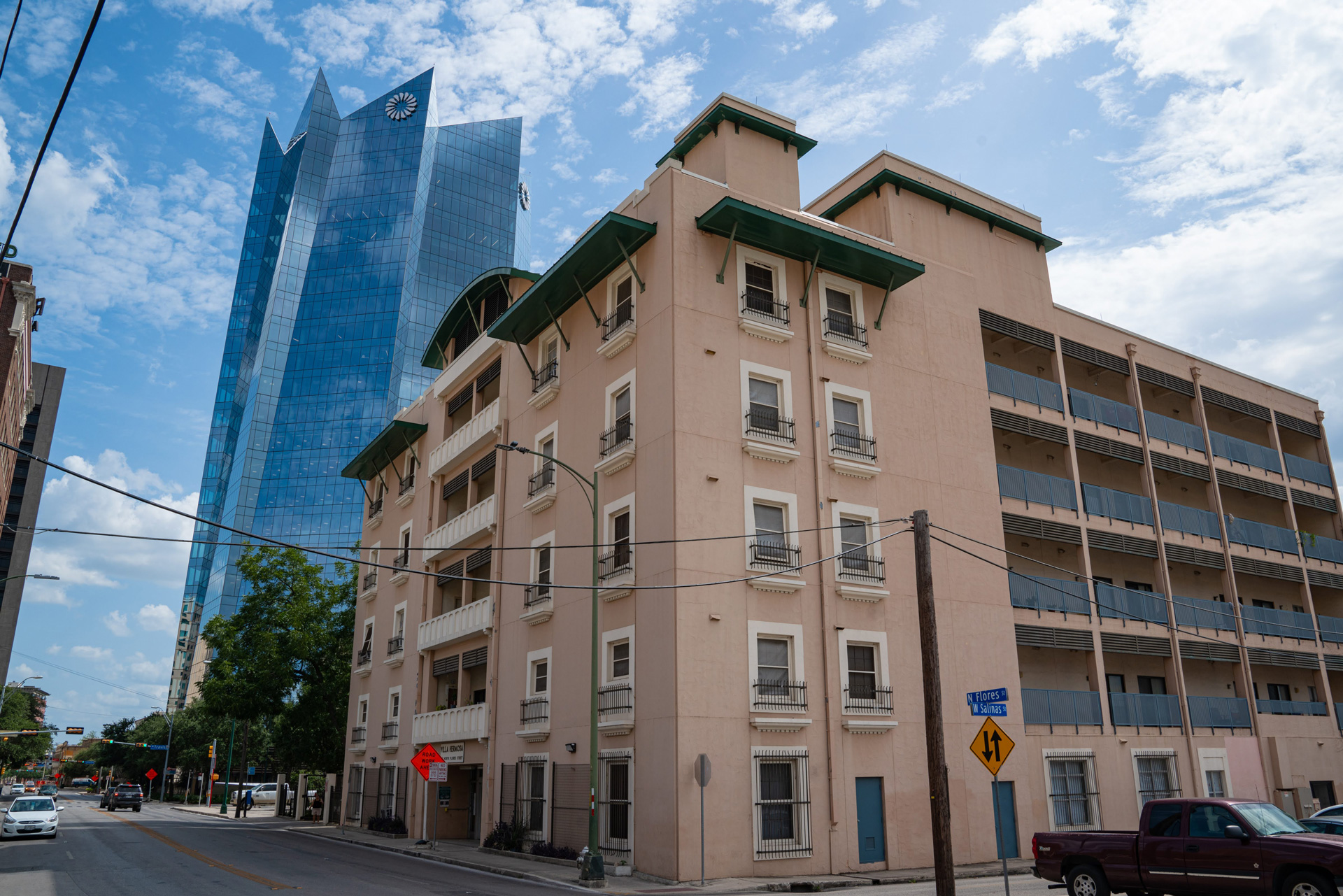Opportunity Home’s 2025 Plan: Road Map to Our Destination
By Richard Milk
—
Opportunity Home has started implementing a new strategic plan this year — for the first time since 2012.
So, what is a strategic plan, and what does it do for Opportunity Home? On the one hand, the plan describes the agency’s priorities for fiscal years 2021–2025, which helps staff orient their work plans, helps residents make the most of their programs and helps external partners coordinate efforts effectively. Another way of thinking about the plan is through the three basic questions it addresses: What course are we setting? Are all systems go? How will we change San Antonio?
WHAT COURSE ARE WE SETTING?
This is the strategic part of the strategic plan. It describes both the destination and the anticipated journey ahead. It is like a road map for a trip. For example, say a family wants to go to the coast this summer. The first question to discuss is destination: Galveston, Port Aransas or South Padre? In the strategic plan, destinations are called “outcomes”.
There are seven outcomes in the strategic plan. They are the product of months of conversation and priority setting, including input from staff, community, and residents. Five of the seven outcomes are resident-focused, while two are staff-focused:
Five resident-focused outcomes
- Opportunity Home residents have a sufficient supply of affordable housing options
- Opportunity Home residents live in quality affordable housing
- Opportunity Home residents feel safe
- Opportunity Home residents have access to affordable utilities
- Opportunity Home residents have sufficient food, water, clothing and shelter
Two Staff-focused outcomes
- Opportunity Home staff respect and value diversity and inclusion
- Opportunity Home staff thrive in career and professional work
Once the destinations/outcomes are decided, the next question is “how are we going to get there?” On the road trip, we have a choice of freeways, toll roads or local roads and have to take into consideration rush hour traffic and weather conditions. In the plan, these route decisions are called strategies. Strategies describe what resources, programs, and activities will be brought to achieve the plan outcomes. Strategies need to be flexible in order to adapt to surprises, but they also need to be focused on achieving the goal in time.
ARE ALL SYSTEMS GO?
This question is about core performance. Regardless of whether the family is going to Galveston, Port Aransas or South Padre, the vehicle that takes them there will need to perform equally well. The car’s dashboard provides information about the vehicle’s performance: speed, mileage, gasoline level, oil, engine temperature, etc. The strategic plan also provides a dashboard of the agency’s key performance indicators. Some indicators look at operational performance, such as utilization, waitlist numbers and the total number of households served. Other indicators include financial indicators such as debt-to-equity and current ratios. A third set of indicators will look at resident exits, employment rates and incomes.
IMPACT: HOW WILL WE CHANGE THE WORLD?
The third question addressed by the strategic plan is about the impact of the agency’s work. What will change as a result of our work? Who will be impacted, and in what way and over what time period? You could say this part of the plan describes why we do what we do. Getting back to the road trip analogy, the impact of our road trip will be very different depending on why we are heading to the coast. If it’s to help sea turtle hatchlings reach the water safely, then the impact of the trip could be measured in turtle lives saved. If it’s to help with clean-up in the aftermath of a hurricane, then we can discuss the number of structures made habitable and the number of families that can then safely return to their homes.
We know Opportunity Home’s work has a direct impact on the well-being of our residents. The strategic plan also recognizes our work has direct as well as indirect impacts on the broader community. This section of the plan tries to quantify those impacts and includes a dashboard to track our impact on our neighborhoods, on the local economy and on broader social systems (like health and homelessness).
Opportunity Home’s new strategic plan is a “rolling plan,” meaning we will update it constantly. Every few months, we will ask, “are the strategies working?” Every year, we will review progress and set new five-year targets. And all along the way, we will seek feedback from staff, residents and stakeholders.
One opportunity for feedback is coming soon. Shortly after kicking off the new plan, we will organize advisory committees around each of the outcomes listed above. We invite anyone who would like to work on these outcomes with us to join these groups — let’s work together. If we are successful, then we can all say we’ve done our part to ensure that “San Antonio Area has a high quality of life where all are thriving.”
Richard Milk oversees the Opportunity Home’s Policy and Planning Department which supports research, analysis, reporting, interagency partnerships and advocacy. Richard has led the Agency’s strategic planning efforts and Moving to Work (MTW) planning and reporting, as well as serving as Opportunity Home’s representative for various interagency efforts. He has represented Opportunity Home at local, state and national forums, advocating for affordable housing issues.
